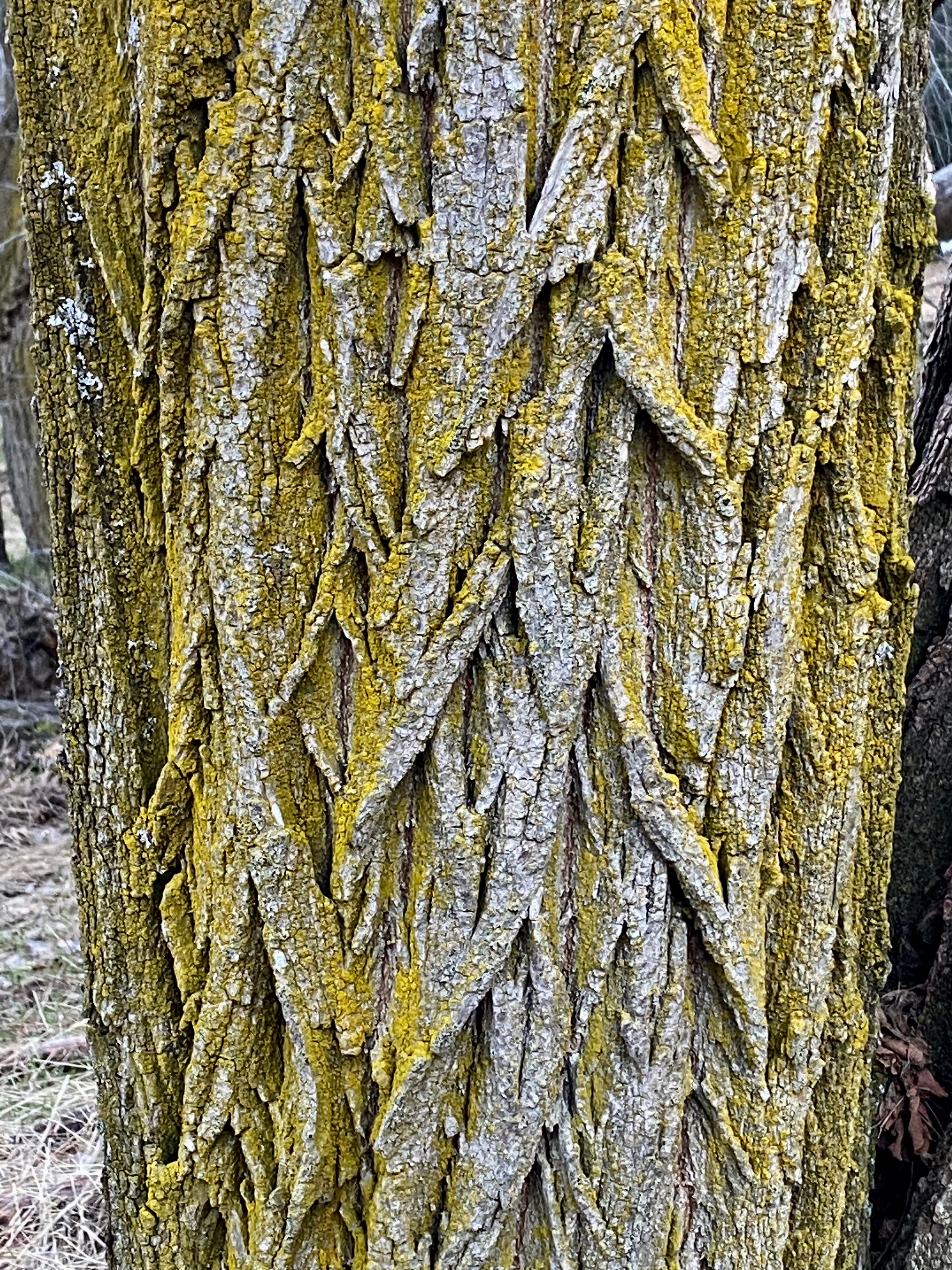Many artists are inspired by nature. Some make realistic depictions of landscapes and other artists are inspired to work abstractly. Abstract art is art that doesn’t look like something or someone you would see in your everyday life, even if the artist is inspired by a real object.
Let’s look at an artwork from LACMA’s collection by painter Joan Mitchell, who was inspired by nature.
.jpg)
Joan Mitchell made this painting while she was living in Vétheuil, about 40 miles from Paris, France. Gardens of honeysuckle, daisies, and sunflowers surrounded her home and studio on the Seine. The landscape and views at Vétheuil inspired Mitchell’s work for many years.
What colors do you see in the painting?
Imagine making a painting this large (over six feet!)—How would you make this painting? Imagine how you would have to move your arms or stand on a ladder.
How would you describe the energy of the painting?
How is it like nature?
How do you interpret the title “Time for Eggs?”
One art writer said that Mitchell’s paintings are not like looking at nature—they are like pressing your face into it!
A great thing about working abstractly is that we artists can express complex ideas and processes like growth and seasons changing in a visual and simple way. What complex ideas would you like to show?
Looking at an abstract painting can be a journey similar to experiencing nature. Our eyes glide over the whole composition, then slow to notice a detail or a rough texture, then float free again around shapes looking for ways to enter the space created by the painting. Textures of various art materials and brushstrokes create patterns that invite or repel. You might imagine ways to enter the painting, to move through the shapes and feel the atmosphere.
Many abstract painters work inside art studios where the natural qualities of art materials and the world of painting take over. If they were inspired to paint by nature, that inspiration often appears in their work through choices of color, texture and shapes. Memory and emotion also enter the work as the artist moves from direct observation of nature into the new journey of making a painting.
Let’s take a nature walk
Tools: sketchbook, pencil, camera
Take a walk outdoors. Move around and see what inspires you to draw and paint. You can walk in your neighborhood, go to a park or community garden, or head out on a trail. Notice how your eyes move from close to far and small to large as you walk; take in a wide view, then look at something up close like a leaf or an interesting rock. Squint your eyes to see the landscape as simplified shapes. Look for areas of light and shadow. Search out color, patterns, and texture. Try to engage as many senses as you can while you explore the landscape. As you walk, take photos or make quick sketches to remember what caught your eye.
I get a lot of inspiration from nature—here are a few of my photos and sketches from a recent nature walk.
I thought the patterned bark of this locust tree was so interesting. So I took some photos and also drew it in my sketchbook with pencil. I like to make lots of small quick sketches to experiment with composition.
The colors in this piece of bark with lichen growing on it caught my eye. I wonder why the lichen grow with such varied and vibrant colors ranging from blue/gray to bright orange? I definitely want to make a painting using these colors.
On another walk near where I live, I was really into the curving trails and roads moving into the landscape.
When I sketch in nature I tend to work very quickly and simplify a lot. I squint my eyes at the landscape to see big shapes and areas of light and shadow. How will you draw the landscape? You get to invent your own process.
Time to Paint!
Materials: Paper, watercolors, pastels (or whatever art materials you like to work with!)
Back at the art studio, kitchen table, floor, or wherever you have a place to work on art, your sketches and photos serve as a link between our nature walk and the artworks you will make. We will add in paint and other art materials that have their own individual qualities and potential. We will invite memory and experimentation into the process. In a way we are stepping out of nature and into the world of painting.
Step 1: Underpainting
I usually work with layers so I started with an underpainting. I used grays and browns inspired by the bark I found on our nature walk. I mixed a lot of water with the paint and brushed washes of color over the whole paper. I let the paint flow and puddle on the page. If you don’t have watercolor, you can use any type of paint or work dry with chalk for this first layer.
Step 2: Explore colors
While waiting for my underpainting to dry I played around with pastels to find colors inspired by the lichen growing on the bark. I came up with a mix of chalk and oil pastels. You can use any materials—markers, color pencils, or crayons would all work well.
Step 3: Second Layer
After the underpainting is dry you can work over it with any art materials. I referenced my nature sketches and used the colors inspired by lichen. I made one inspired by my sketches of bark and one inspired by my sketches of curving pathways. Make more than one so that you can experiment with the materials and try out different ideas. Be sure to photograph your work as you go. I think I prefer the bark painting in the early stage with just yellow before I added other colors, so I learned a lot by looking back at the photos. Sometimes less is more!
Your process and materials may be very different from mine. So please share your artwork by tagging us @lacma—all of us at LACMA love to see what you made!
Discover other family-friendly art-making blogs on Unframed and check out our video content on LACMA’s YouTube channel.
Hadley Holliday is a painter who lives and works in Crestline in the San Bernardino mountains. She has worked with LACMA as a teaching artist since 2002.














